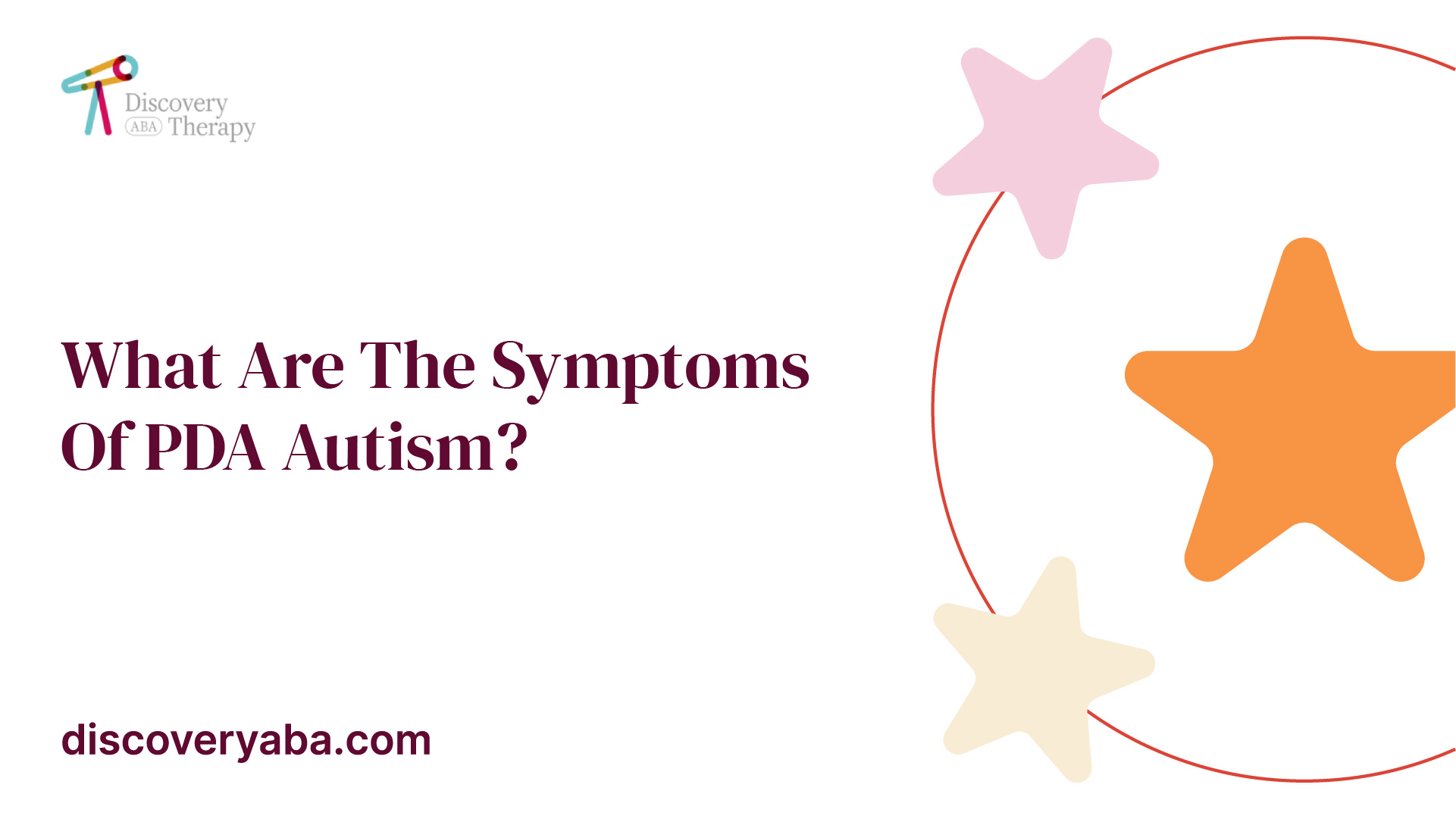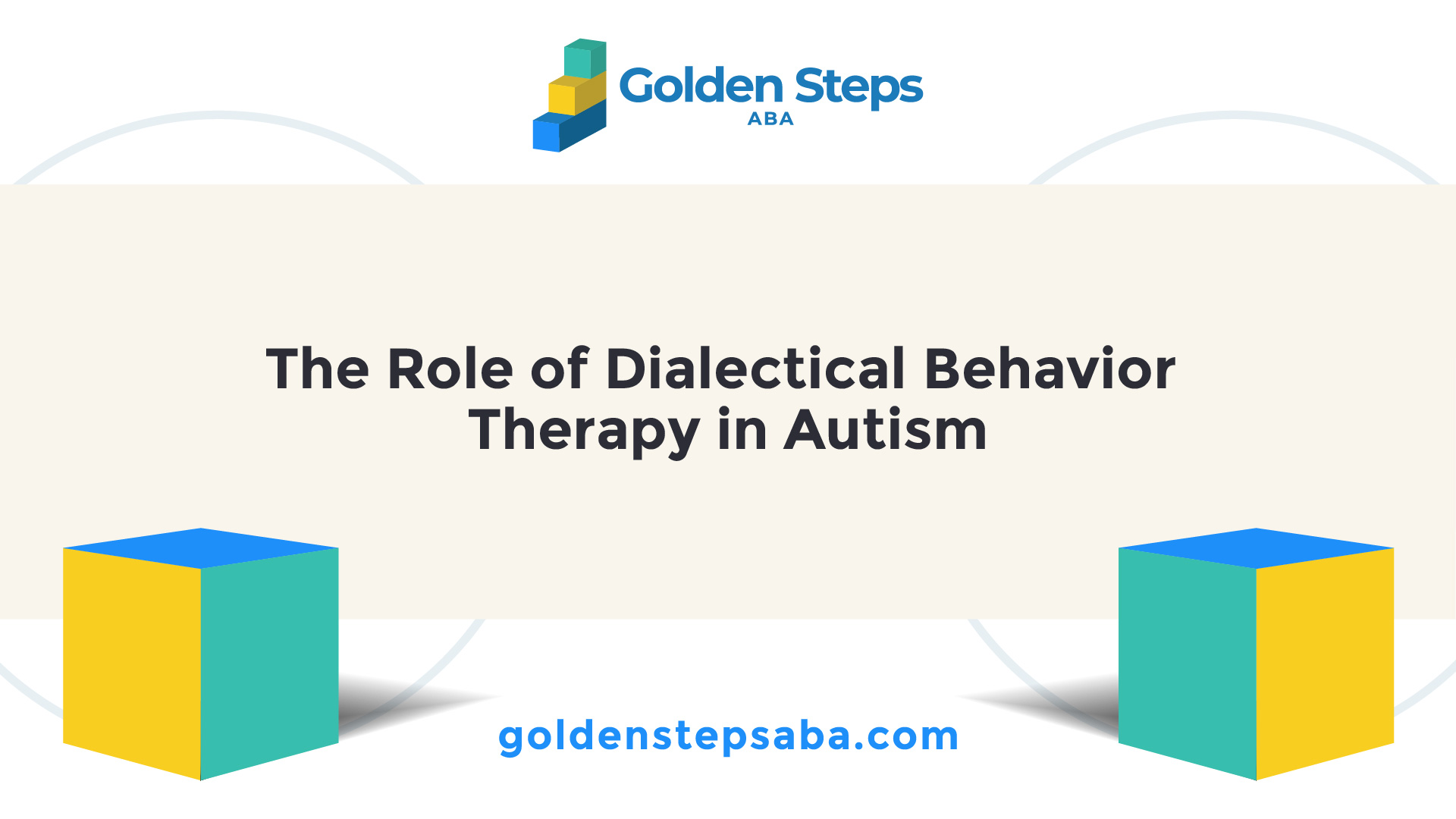Comprehending the Effect of Behavioral Autism on Every Day Life and Social Interactions
You may not realize how deeply behavioral autism impacts day-to-day life and social interactions. People on the range usually browse a world loaded with communication hurdles and sensory overload. These difficulties can lead to aggravation and isolation, affecting their partnerships and general health.
Defining Behavior Autism and Its Qualities
Behavior autism, often referred to as autism spectrum condition (ASD), includes a variety of conditions identified by difficulties in social interaction, communication, and repetitive actions. You may discover that people with ASD frequently struggle to analyze social hints, which can result in misunderstandings in discussions. They might find it tough to develop eye contact or involve in small talk, making social scenarios really feel overwhelming.
Interaction problems can show up in different ways, from postponed speech development to a preference for using less words. Repeated actions, such as hand-flapping or shaking, can function as coping devices to handle tension or sensory overload. These qualities can greatly impact day-to-day life, making it crucial for you to understand and support those with ASD. By identifying these characteristics, you can promote an atmosphere that advertises approval and encourages efficient interaction, assisting individuals with autism prosper in their daily communications.
The Range of Autism: Recognizing Variability in Habits
Autism range problem (ASD) isn't a one-size-fits-all diagnosis; it varies commonly among people. You could notice that some individuals with ASD show mild signs, while others might encounter extra significant obstacles. This variability can materialize in behaviors, interests, and sensory sensitivities. You may come across people that are extremely spoken and involve quickly in conversations, while others might choose solitary activities or communicate non-verbally.
Moreover, the method people with ASD react to sensory input can differ significantly; some could be overwhelmed by intense lights or loud noises, whereas others flourish in boosting settings. The range likewise consists of distinctions in social interactions; some individuals may have a hard time to translate social cues, while others navigate social settings with family member convenience. Understanding this irregularity is important, as it aids you value each person's unique experience and dressmaker assistance to their particular demands, promoting a more comprehensive atmosphere for everyone.
Interaction Challenges Encountered by Individuals With Autism
When you interact with people on the autism spectrum, you might discover their unique interaction challenges. They often encounter problems with both nonverbal and verbal cues, which can affect their social communications. Understanding these barriers is vital for cultivating better connections and support.

Verbal Interaction Difficulties
Several people on the autism range experience spoken communication troubles that can considerably affect their daily interactions. Your volume, pace, or tone could not align with social expectations, causing others to misunderstand your intentions. Recognizing these challenges can help you and your support network create strategies to improve communication and promote far better connections with others in your everyday life.
Nonverbal Communication Barriers
Spoken interaction isn't the only difficulty people on the autism spectrum face; nonverbal interaction barriers can be equally as substantial. You may discover it challenging to interpret body language, face expressions, and eye contact, which are important for reliable interaction. These challenges can result in misconceptions or false impressions of social signs, making interactions really feel complex or overwhelming. You may have a hard time to reveal your own emotions through nonverbal methods, leaving others not sure of your intentions or feelings. This separate can develop feelings of seclusion and frustration. Identifying these barriers is critical for promoting understanding and compassion in your interactions. By addressing nonverbal interaction, you can discover approaches to enhance your social experiences and boost your general top quality of life.
Social Interaction Impacts
Social communications can frequently really feel frustrating as a result of the distinct communication challenges dealt with by people with autism. You could battle with interpreting social hints, making it tough to recognize mockery or body language. This can result in misunderstandings or uncomfortable minutes in discussions. In addition, launching and keeping discussions might feel challenging, causing stress and anxiety in social circumstances. You may choose structured environments, making spontaneous communications uneasy. It's additionally usual to experience difficulty in involving in tiny talk, which can impede forming new friendships. Acknowledging these obstacles can aid you locate strategies to boost interaction, such as exercising social abilities in risk-free settings or using visual help - Aba Therapist. Recognizing your requirements enables you to navigate social communications with higher confidence and ease.
Social Interaction and Partnership Structure in Autism
While building relationships can be testing for individuals with autism, recognizing their distinct viewpoints and communication designs can promote meaningful links. You might see that lots of individuals on the range prefer straight communication and might battle with social signs or little talk. By being straightforward in your interactions, you can aid produce an environment where they really feel comfortable.
Make the effort to pay attention and observe how they reveal read more themselves. This insight can direct you in steering conversations better. Involving in shared rate of interests can likewise act as a bridge to much deeper links. Whether it's a hobby, a favorite program, or a mutual passion, these usual threads can open doors to friendship.
Every Day Life Regimen: Browsing Obstacles and Techniques
Steering everyday life routines can be particularly testing for people with autism, especially when unforeseen modifications happen. To navigate these obstacles, consider carrying out visual schedules or checklists.
Establishing a routine that includes sensory breaks can likewise be helpful. This assists create an understanding setting.
Finally, method mindfulness strategies to take care of stress and anxiety and anxiousness. Straightforward breathing workouts or grounding techniques can make a substantial difference. By integrating these techniques, you can boost your daily regimen and lessen interruptions, making life really feel a lot more workable.
Toughness and Capacities of Individuals on the Autism Range
Recognizing life routines is just one aspect of the autism experience. Lots of individuals on the autism spectrum have impressive staminas and capacities that set them apart. You could locate that your interest to information is phenomenal, permitting you to master jobs that need accuracy and emphasis. Your capacity to assume outside package can bring about innovative services in numerous circumstances.
Furthermore, your memory abilities frequently shine, specifically in locations of passion. Autism Spectrum Therapies. This flair for retaining information can make you a beneficial resource in areas like modern technology, art, or scientific research. You might additionally exhibit strong visual reasoning, allowing you to imagine complicated principles and resolve issues creatively
In addition, your special perspective on the globe can promote compassion and understanding in others, enriching social interactions. Welcoming these toughness not just enhances your confidence however likewise helps others appreciate the varied abilities you give the table.
Creating Inclusive Environments for People With Autism
Producing inclusive settings for individuals with autism begins with making sensory-friendly spaces that satisfy their distinct demands. You can additionally foster possibilities for social communication, aiding to construct friendships and connections. By making these adjustments, you'll contribute to a much more welcoming atmosphere for everyone.
Designing Sensory-Friendly Spaces
While designing sensory-friendly areas, it's vital to mirror on the distinct demands of individuals with autism. Beginning by choosing relaxing colors and soft illumination to produce a comforting environment. When overwhelmed, integrate peaceful areas where individuals can charge and pull back. You'll intend to lessen loud noises and distractions, utilizing soundproof materials or white sound makers to assist maintain harmony. Consider responsive aspects like soft fabrics or fidget-friendly objects that can offer comfort. Establish that rooms are versatile, enabling easy reformation to suit various tasks. Consist of aesthetic schedules or clear signs to aid people browse the space with confidence. By attentively integrating these aspects, you can create a welcoming ambience that sustains sensory requirements and advertises overall wellness.
Advertising Social Interaction Opportunities
Designing sensory-friendly areas not just addresses specific convenience however also sets the stage for significant social interactions amongst people with autism. Encourage peer mentoring, pairing people with autism with supportive peers that can direct them through social situations. By carrying out these methods, you can improve social chances, helping individuals with autism develop relationships and enhance their social abilities in a secure, inviting environment.

Regularly Asked Questions
How Can Pals Assistance A Person With Behavioral Autism?
You can support a good friend with behavioral autism by holding your horses, more info listening proactively, and respecting their limits. Engage in tasks they enjoy, connect openly, and produce a comfortable environment where they feel valued and understood.
What Resources Are Offered for Parents of Kid With Autism?
You can check out numerous resources for moms and dads Autism Behavioral Therapy of youngsters with autism, including assistance groups, instructional web sites, and regional social work. Getting in touch with other parents can likewise provide beneficial understandings and shared experiences to aid browse challenges.
Can Behavioral Autism Adjustment In Time?

Yes, behavioral autism can alter over time. You might discover shifts in communication, social skills, and behavior as your child grows. Early treatment and assistance commonly play important functions in these developing changes.
Exactly How Do Sensory Level Of Sensitivities Influence Daily Life?
Sensory sensitivities can make day-to-day experiences frustrating. You might battle with intense lights or loud noises, resulting in tension or evasion. Finding atmospheres that fit your requirements can substantially boost your comfort and overall day-to-day live.
What Prevail Misconceptions Concerning Behavioral Autism?
You might think behavior autism just impacts interaction skills, yet it's even more facility. Many presume individuals lack compassion or knowledge, which isn't true. Understanding these misconceptions helps foster acceptance and support for those on the range.
Behavioral autism, often referred to as autism range disorder (ASD), encompasses a variety of problems defined by obstacles in social communication, communication, and recurring habits.Social interactions can often feel frustrating due to the distinct communication difficulties dealt with by individuals with autism.Designing sensory-friendly spaces not just addresses private comfort yet also establishes the phase for meaningful social interactions amongst people with autism. Encourage peer mentoring, pairing people with autism with supportive peers who can guide them via social situations. By implementing these strategies, you can enhance social opportunities, helping individuals with autism develop friendships and enhance their social skills in a secure, inviting environment.